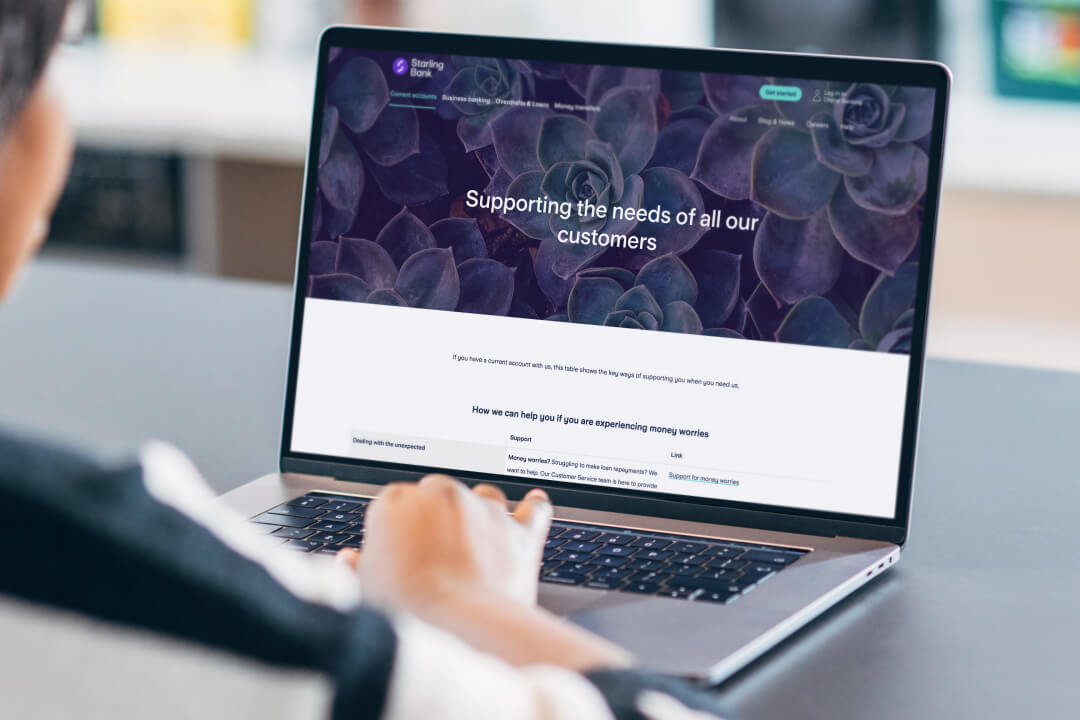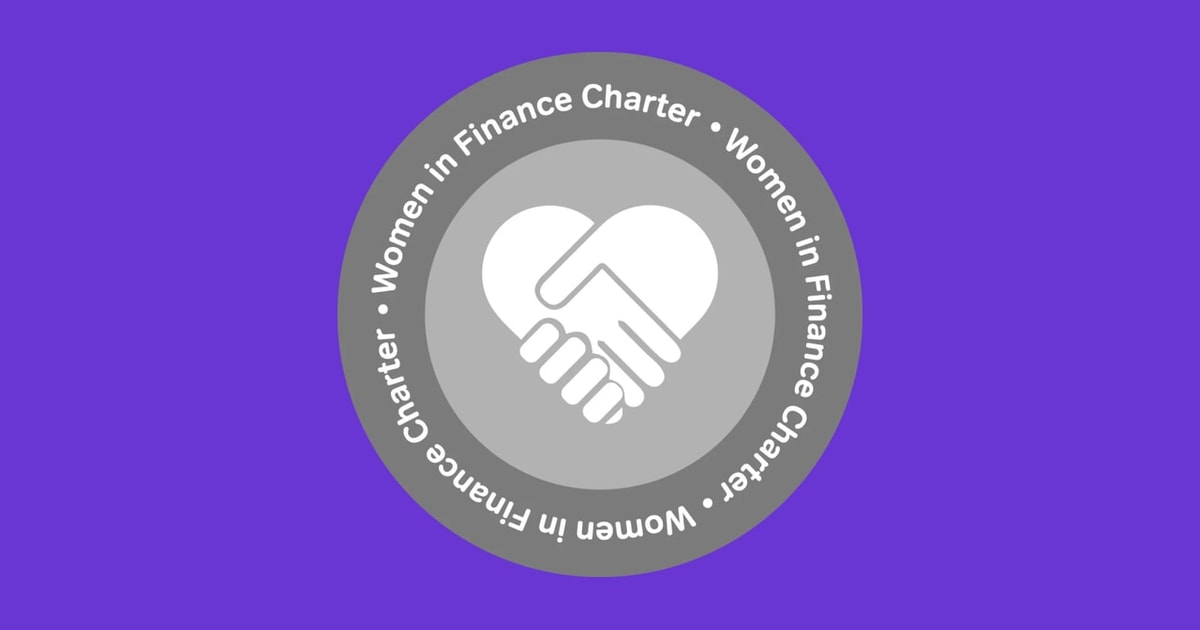
Team Starling
Enhanced Customer Care team: When you may need extra help
By Team Starling
Sustainability at Starling

Starling’s aim is to become a net zero company by 2050. But wait, what does that actually mean? Enter the Sustainability Jargon Buster.
Read on for the explainers or check out our sustainability goals.
No – companies often start with carbon neutrality as they work towards net zero. In simple terms, being net zero means adding no more greenhouse gases to the Earth’s atmosphere than the amount you’re taking out. If a company is relying on carbon offsets (see definition below), they’re ‘carbon neutral’rather than ‘net zero’.
‘Direct emissions’ are generated by a company’s own operations, such as the energy we use to heat our offices. ‘Indirect emissions’ are not fully controlled by the company and are typically caused by the supply chain – often through third parties. For example, a share of the emissions generated by the laptop manufacturer we buy from are included in our indirect emissions.
We estimate the emissions from all of our activities including: heating and electricity, waste, water, transport, and supply chain. Sometimes we have precise data, but in other cases we rely on estimates published by the UK Government and other reputable sources. Several different gases – including carbon dioxide, methane and nitrous oxide – contribute to the greenhouse effect. Some have a more powerful effect than others, so we convert them all into carbon dioxide equivalents (CO2e) to make them comparable.
When you buy ‘carbon credits’ to offset your emissions – either through ‘carbon avoidance’ or ‘carbon removal’ projects.
Instead of pulling carbon out of the air, you can reduce emissions by avoiding the release of emissions into the atmosphere in the first place, such as choosing to cycle rather than drive.
This means removing greenhouse gases that have already been emitted by capturing and storing atmospheric CO2. This can be done by natural means, such as restoring peatlands, or using new technologies such as direct air capture.
Well, Cambridge Dictionary puts it this way: ‘To make people believe that your company is doing more to protect the environment than it really is.’
COP is the United Nations Climate Change Conference, which has been held almost every year since the Earth Summit in Rio de Janeiro in 1992. The next one – COP30, in November 2025 – will be returning to Brazil, this time to the city of Belém.
An international treaty to tackle climate change that was agreed at COP21 in Paris in 2015. Participating countries set goals to limit the global temperature increase to 2°C above pre-industrial levels (before 1900), while aiming for closer to 1.5°C. It’s reviewed every five years.
The United Nations defines sustainability as ‘meeting the needs of the present without compromising the ability of future generations to meet their own needs.’ Couldn’t have said it better ourselves.
Now that’s all been covered, let’s look at our target here at Starling: a one third reduction in carbon emissions from our own operations and supply chain by 2030. From 2021, we’ve been offsetting our carbon emissions annually. And because reducing our emissions will only get us so far, part of our plan involves buying carbon avoidance and removal sequestration credits to offset our direct and indirect emissions.
Keen to learn more? Have a look at the British Business Bank’s official decoder.

Team Starling
By Team Starling

Life at Starling
By Charlotte Lorimer

Life at Starling
By Esmeralda Dyer Bray

Interview tips
By Charlotte Lorimer